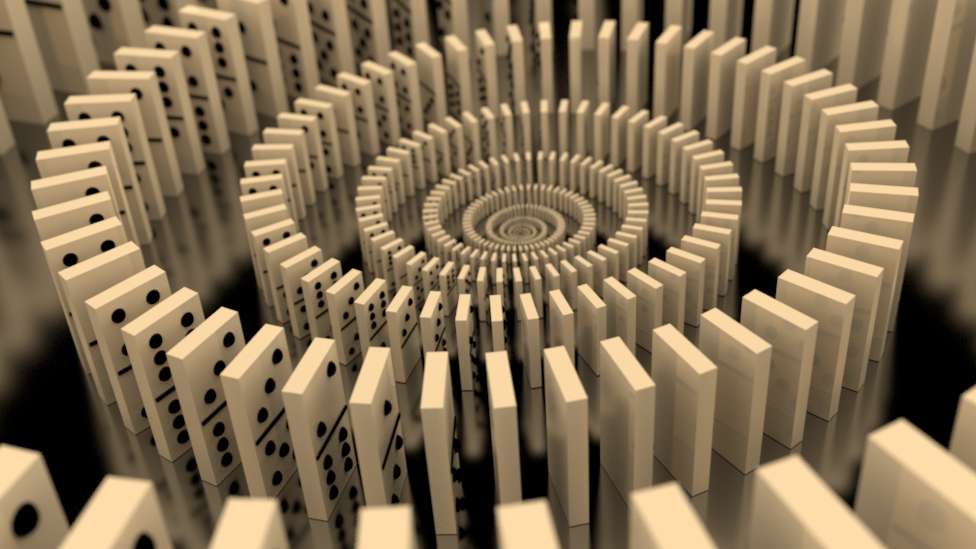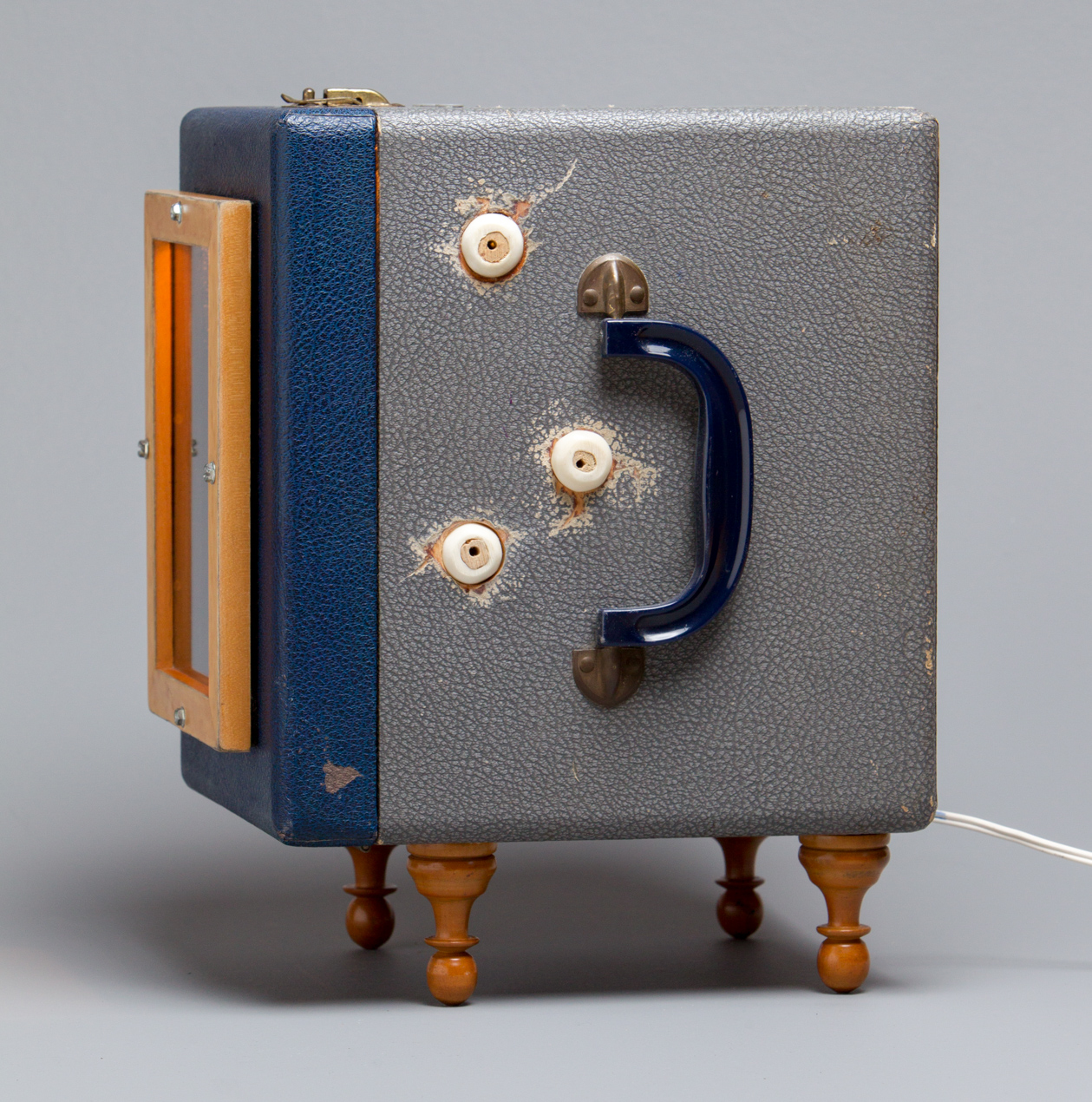

Worse, as the war dragged on, policies meant to prop up wobbly dominoes instead had the effect of shoving them in the opposite direction. William Fulbright, pointed out that the domino theory obliged the United States to ''fight in one country to avoid having to fight in another, although we could with equal logic have inferred that it is useless to fight in one country when the same conditions of conflict are present in another.''

In 1966, an early critic of the war, Sen. Schlesinger Jr., a Kennedy adviser, later observed, ''Whether the domino theory was valid in 1954, it had acquired validity seven years later, after neighboring governments had staked their own security on the ability of the United States to live up to its pledges to Saigon.''īut Indochina proved a troubling test case once the United States became mired in Vietnam. Kennedy, Eisenhower's successor, reportedly expressed skepticism about the theory's logic in the first year of his presidency, partly because it reduced the complex tangle of regional forces to a single tug of war between Washington and Moscow.īUT Kennedy knew that the formula had already taken root in Southeast Asia. Eisenhower drew this parallel in an exchange with Winston Churchill, citing the failure of the great democratic powers ''to halt Hirohito, Mussolini and Hitler'' when they had the opportunity. The Western powers had stood by as Hitler annexed Austria and grabbed Czechoslovakia, putting him into position to invade Poland and pursue further conquests. The idea made sense to many who had strong memories of the calamitous prelude to World War II. So you could have a beginning of a disintegration that would have the most profound influences.'' ''You had a row of dominoes set up, and you knocked over the first one, and what would happen to the last one was the certainty that it would go over very quickly. Eisenhower on.Īll this ''might follow from what you might call 'the falling domino' principle,'' he said. It envisions democracy as the great insurgent movement of our time, with the United States leading the revolution.Įither way, the image of nations as falling dominoes, each toppling into the next, has proved remarkably durable, shaping the policies of presidents from Dwight D. But in today's unipolar world, a so-called positive or reverse domino theory has emerged. America's job was to keep the dominoes from falling, all over the globe. At the time, the most active agent of wholesale change was thought to be Soviet Communism. In its original formulation, the domino theory was invoked fearfully.

In making their case these planners have revived a staple of cold-war thinking, the domino theory: the idea that sudden change in the leadership of one nation can set off a chain reaction in its neighbors, transforming an entire region. AS the war in Iraq began last week, some prominent members of the Bush administration were repeating their hope that the removal of Saddam Hussein will be the catalyst for a wave of democratic reform throughout the Middle East.


 0 kommentar(er)
0 kommentar(er)
